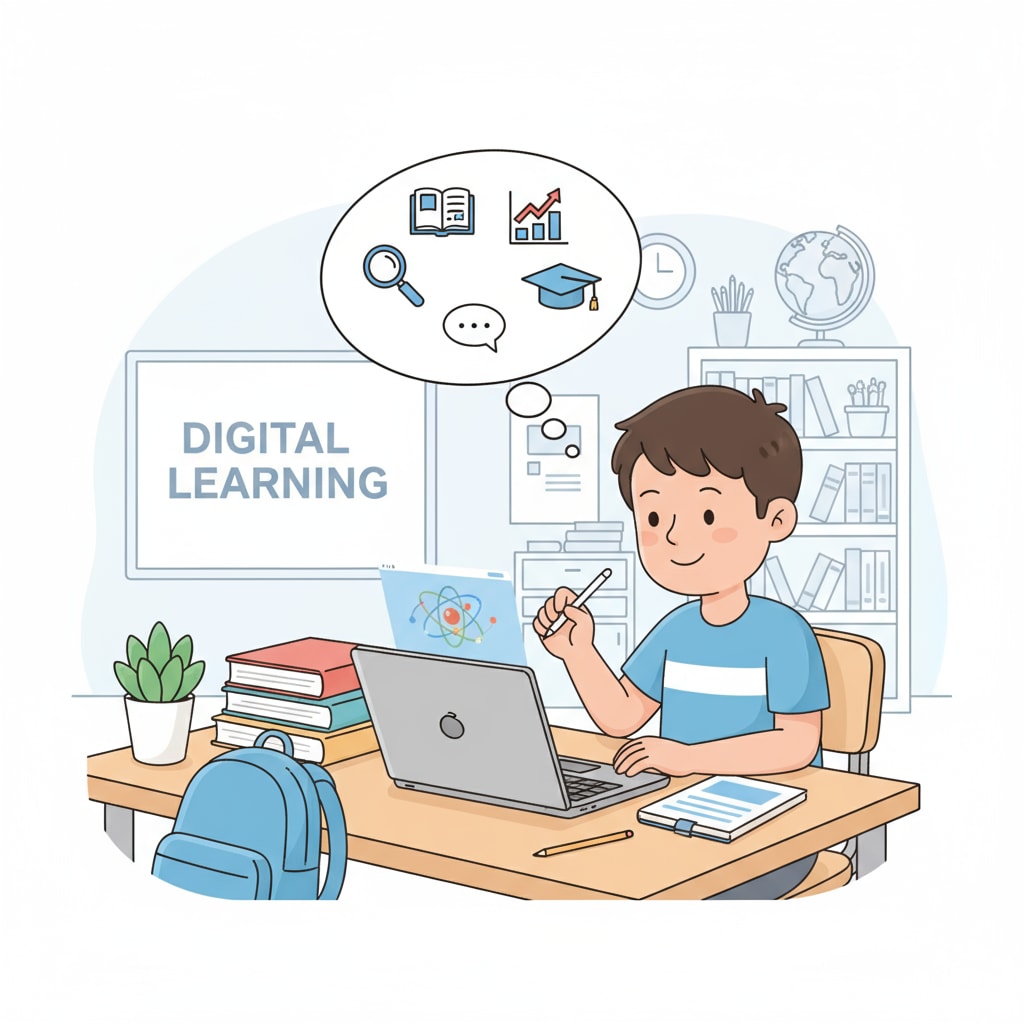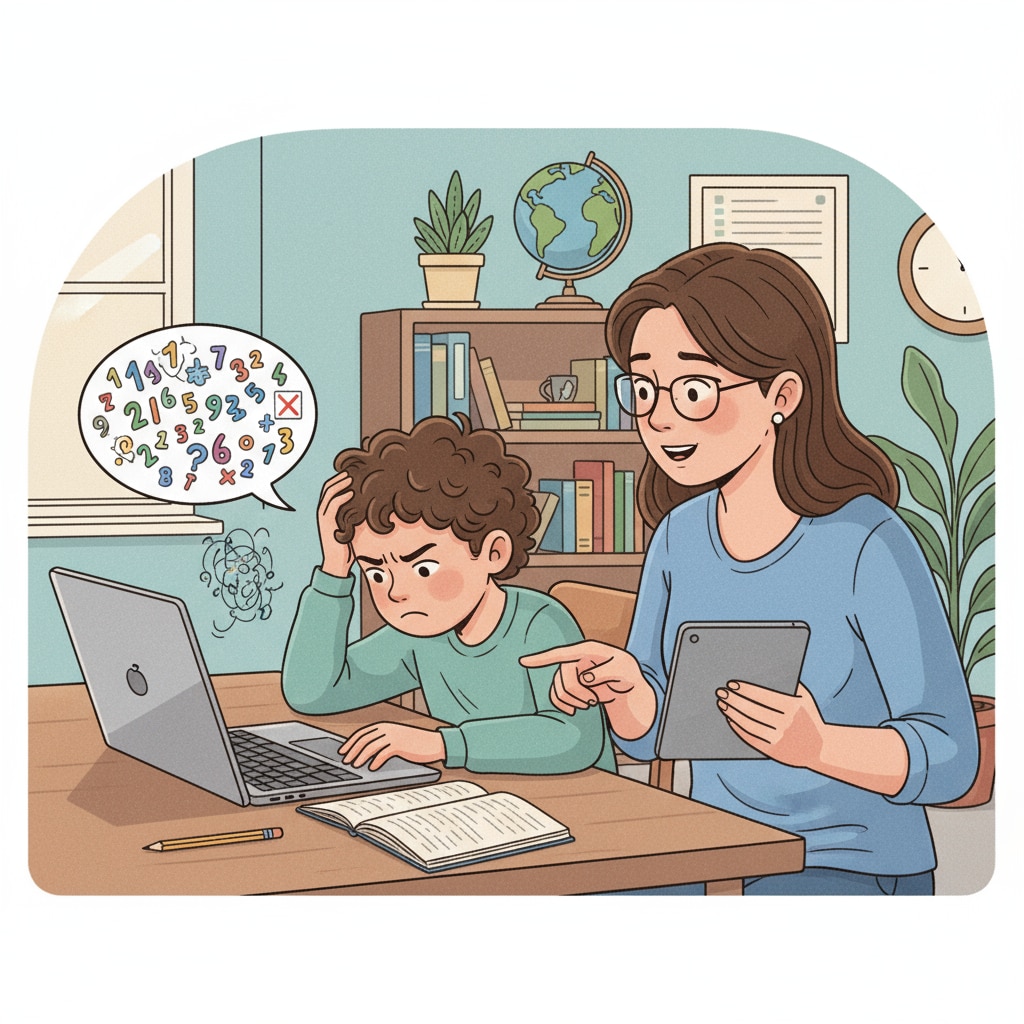In the age of digital learning, the integration of devices like Chromebook has revolutionized education. However, this transformation has also brought unexpected challenges, especially when it comes to parent tutoring, particularly in the context of math textbooks. With Chromebook replacing traditional printed materials, parents are finding themselves in uncharted waters when trying to assist their children with their studies.

The New Digital Landscape
The rise of digital learning platforms such as Chromebook has made education more accessible and dynamic. Schools are increasingly adopting these technologies to enhance the learning experience. For example, students can now access a wealth of educational resources, interactive lessons, and real-time feedback. According to EdTech Magazine, Chromebooks have become a staple in many K-12 classrooms, changing the way students learn. However, this shift has left parents grappling with new issues when it comes to helping their children.
The Vanishing Math Textbooks
One of the most significant changes is the decline of traditional math textbooks. In the past, parents could easily refer to these textbooks to understand the curriculum and assist their children. But now, with digital learning, math content is often stored on online platforms accessible only through devices like Chromebook. This makes it difficult for parents who may not be as tech-savvy to navigate and find the necessary materials. As Education World points out, the lack of a physical textbook means parents can’t simply flip through the pages to review concepts with their kids.

Moreover, digital math resources may be updated frequently, and parents may not be aware of the latest changes. This can lead to confusion when trying to help their children with assignments, as the content they are familiar with from their own school days may no longer be relevant.
Readability guidance: The article uses short paragraphs to make the content more digestible. Each H2 section presents key points, and external links are provided for further information. Transition words like “however” and “moreover” are used to connect ideas smoothly.


